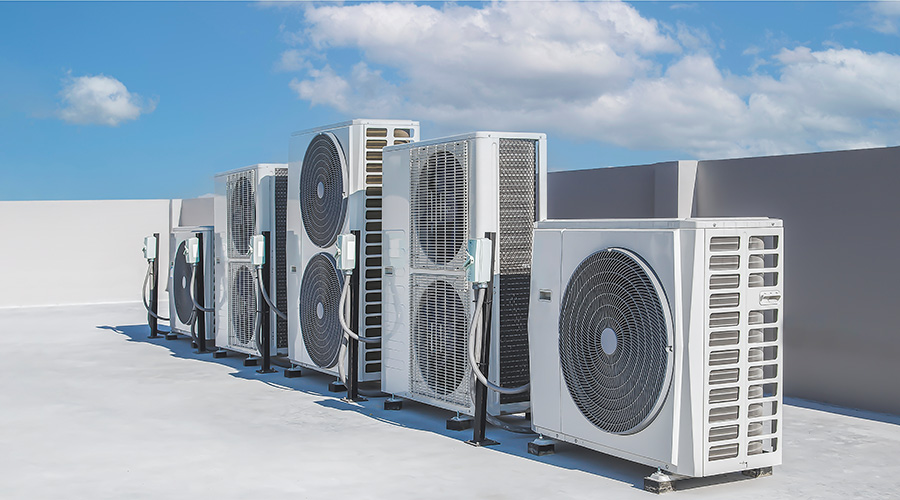Solid Maintenance Programs Keep Chillers Operating Efficiently
As chillers age, their components wear, heat transfer surfaces become fouled with scale, and breakdowns become more frequent. Solid maintenance programs that address tracking performance, conducting regular inspections, and performing all scheduled maintenance activities can extend system life while maintaining the performance of the system, but they can not completely eliminate the impact that time has on the chiller. Eventually simple wear and tear will cause maintenance costs to increase and system reliability to suffer.
To evaluate system reliability, start with a review of the chiller's operating log. Operating logs track data related to the operation of the chiller, including drive motor current and voltage, condenser water supply and return temperatures, evaporator and condenser pressures, and oil temperature and pressure. Additional information, such as the need to add oil to the system and scheduled and unscheduled maintenance activities, should be recorded in the chiller log.
Reviewing this information on a regular basis can identify trends that may be negatively impacting system performance and reliability. Are the maintenance requirements and breakdowns increasing? Is the length of time that the chiller is out of service the result of a breakdown increasing?
Another reliability factor that must be taken into consideration is the availability of replacement components. While chiller manufacturers maintain an inventory of replacement components for practically all of their models regardless of their age, it does become more difficult to get replacement components for older models. Time delays in locating and shipping these components result in longer outages for managers and building occupants.
Cooling Loads
Buildings are not static places. Occupants change. The activities they perform change. Their hours of operation change. Additionally, changes to the building's envelope, such as the installation of reflective roofing or energy efficient windows, can result in major changes to the building's cooling requirements. These changes result in changes in the cooling loads placed on the central building chillers.
Over the life of a typical chiller, the combined impact of these changes can result in the central chiller being significantly undersized or oversized. Undersizing results in the need to install supplemental systems dedicated to particular areas within the building. Oversizing results in the chiller operating for longer hours at lower loads where efficiency falls off.
A properly sized replacement chiller can reduce both maintenance and energy costs. In systems where the existing chiller is undersized, upgrading to a single larger chiller or several small chillers sized to match the building's load can mean that a number of supplemental systems can be eliminated. Oversized chillers can also be replaced with a single or multiple smaller chillers that better match the cooling load, allowing chillers to operate at higher efficiencies.
Related Topics:














